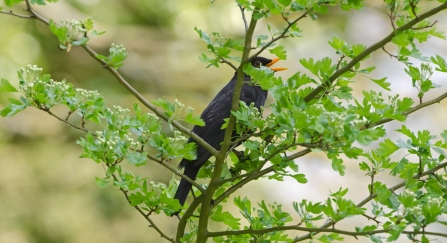
Blackbird by David Tipling/2020VISION
Cowslips at Chimney Meadows by Andy Fairbairn

Blackbird by David Tipling/2020VISION
Set your alarm extra early once a year to listen to nature’s symphony, the dawn chorus. Reserves ecology officer, Colin Williams thinks the dawn chorus is “vibrant and uplifting; it’s powerful and melodic; it’s soothing, yet it’s stimulating”.
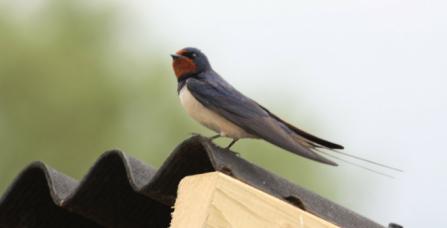
Swallow by Margaret Holland
Look out for swallows returning to the UK from their winters in Africa. They feed on small, flying insects, and are often found near farmland or grassland, particularly if there’s water nearby.
According to the British Trust for Ornithology females look for males with the most symmetric tails to mate with!
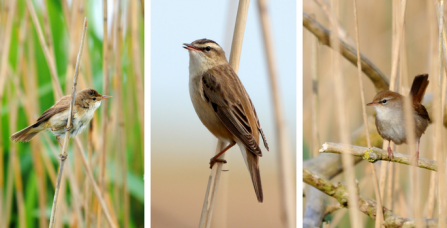
Reed warbler by Amy Lewis, sedge warbler by Jim Higham, Cetti's warbler by Amy Lewis
Listen out for warblers singing away at this time of year:
Reed warblers return to the UK to breed after spending the winter in Africa. They tend to sing hidden away in reedbeds so you are more likely to hear them than see them. Their nests are a favourite with the cuckoo, which lays its egg inside. Once hatched, the cuckoo chick removes the reed warbler eggs and is then raised by the unsuspecting reed warbler.
Sedge warblers also return to the UK to breed. They tend to sing perched on a bush so are easier to spot.
Cetti’s warblers are very noisy for a small bird and almost seem to be shouting “Hey, don’t you know I’m here, right here, can’t you see me?” at the top of their voice!
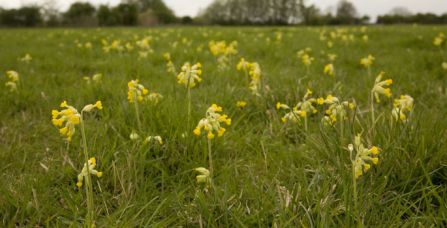
Cowslips at Chimney Meadows by Andy Fairbairn
Cowslips grow in meadows and grasslands, flowering in April and May. Their name may derive from cowpat as they were thought to grow in or near these!
Chimney Meadows nature reserve is a great place to see swathes of them in spring. Did you know, these flowers smell similar to apricots?
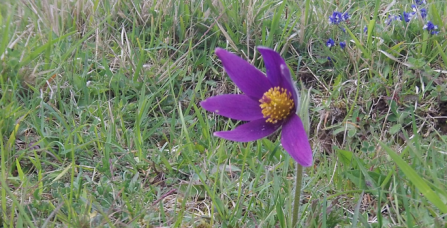
Pasqueflower by Wendy Tobitt
This rare purple flower with bright yellow centre grows on undisturbed chalk grassland like that at Hartslock nature reserve, near Goring. It blooms near Easter, giving it its name which derives from ‘Paschal’.
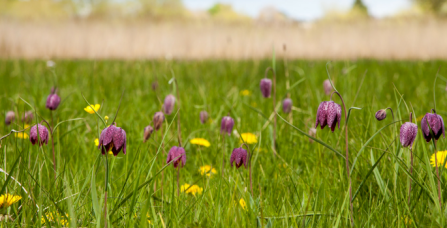
Snake's-head fritillaries at Iffley Meadows by Michael Brown
There’s some debate about whether snake's-head fritillaries are a native species in the UK or not, but whatever its origin it’s been adopted as the county flower for Oxfordshire. Here, the sight of thousands of purple and pink chequered blooms nodding in the wind at Iffley Meadows nature reserve near Oxford city centre draws people from far and wide.
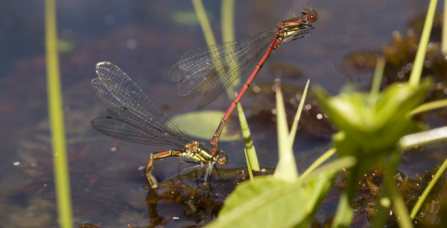
Large red damselflies by Andy Fairbairn
These are the earliest damselflies to emerge in the UK, appearing in March or April and flying until late summer, and one of our most common species.
If you've got a pond in your garden, you may see them flying around looking for a pond to breed in. If you don't have a pond yet, here's a guide to creating one.
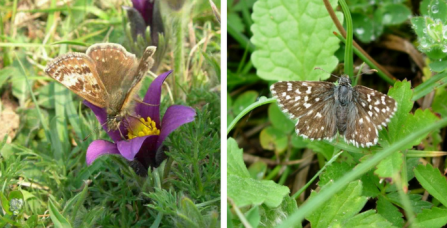
Dingy skipper by Malcolm Brownsword and grizzled skipper by Kate Dent
Dingy skippers like to bask in sunlight on bare ground, making them hard to spot! You may find them on chalk grassland, woodland rides or clearings, heathland and wasteland. The caterpillars of dingy skippers feed on bird’s-foot-trefoil, horseshoe vetch or greater bird’s-foot-trefoil.
Grizzled skippers have a black and white appearance. They are found in similar areas to dingy skippers, but their caterpillars need wild strawberry, or cinquefoils: their striking pattern makes them easy to distinguish from the dull brown dingy skippers.
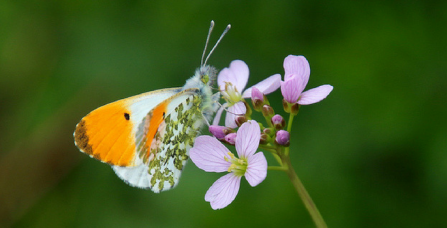
Orange-tip butterfly by Jeannie Debs/Flickr.com
Orange-tip butterflies are a common species, seen flying in spring. The adult males have the bright orange wing tips but the females have black wing tips. Both have mottled green underwings. The adults lay eggs on plants including cuckooflower and garlic mustard.
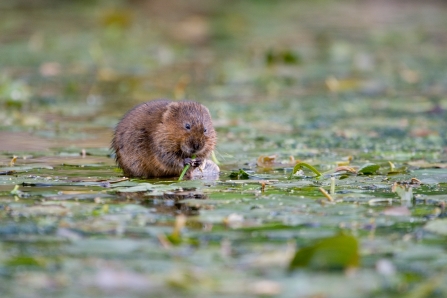
Water voles, ‘Ratty’, are more visible at this time of year as they start to breed in April. Look out for signs of them on waterways, including:
Sadly, since Kenneth Grahame first introduced us to Ratty and friends in The Wind in the Willows in 1908, the UK has become one of the most nature-depleted countries in the world.
Sign up below to receive the latest news from BBOWT, tips about how you can help wildlife, plus information on how you can get involved.